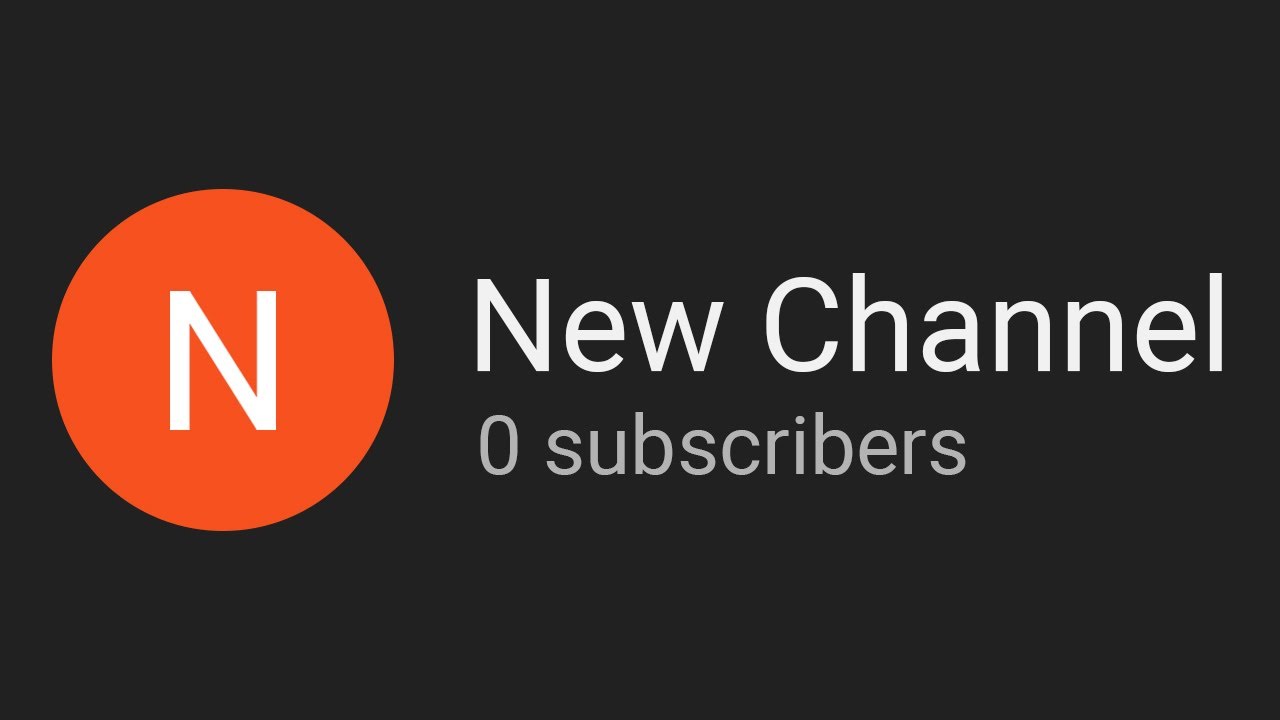How I got 1.4 million views on my first video: Tips to start your YouTube Channel
Summary
TLDRIn this video, the creator shares their journey from a beginner with zero subscribers to a YouTuber with millions of views. They discuss the challenges they faced, from early failures to finding their niche and gaining traction on the platform. The creator emphasizes the importance of video ideas, titles, thumbnails, and hooks for success. They also offer tips on scripting, filming, editing, and building a YouTube channel. Along the way, they stress the value of passion, consistency, and not focusing solely on viral success. The video concludes with advice on overcoming self-doubt and staying motivated.
Takeaways
- 😀 Success on YouTube depends more on individual videos than the channel as a whole.
- 😀 Before picking a video idea, research whether people are searching for the topic and check the competition.
- 😀 Focus on creating videos that offer unique value or a perspective only you can provide.
- 😀 Titles and thumbnails are crucial; they account for a large part of a video's viral potential.
- 😀 YouTube’s A/B testing for thumbnails is a valuable tool for finding what works best.
- 😀 Spend significant time crafting the hook in the first 10-30 seconds to grab viewers' attention.
- 😀 Scripting your videos helps control the flow and timing, saving time during filming and editing.
- 😀 Filming can be simplified by preparing everything in advance, including sketching out B-roll shots.
- 😀 Gear doesn’t matter much for viral videos; focus on good content over high production value.
- 😀 Don’t pressure yourself to post constantly—one viral video can make all the difference.
- 😀 Be consistent but remember that not every video needs to be viral or perfect. Focus on creating content you enjoy.
Q & A
What was the creator's experience with their first video on YouTube?
-The creator posted their first video with zero subscribers, which hit 500K views in the first month and now has 1.4 million views. Despite the success, the process wasn't as effortless as it appeared.
How did the creator initially struggle with online platforms before finding success?
-Initially, the creator posted videos on Bilibili during the 2019 pandemic, but only received a few hundred views, mainly from their mother sharing the videos. They stopped posting. Later, their attempt on YouTube in 2022 resulted in only 36 views, which led them to quit again.
What led the creator to focus on helping students through YouTube?
-After dabbling in TikTok with short-form cooking content and seeing some success, the creator decided to focus on their niche of helping students, inspired by their own struggles growing up and the desire to offer value in the education space.
What key element of YouTube success does the creator emphasize?
-The creator stresses that success on YouTube is heavily reliant on individual videos rather than the overall channel. A video can go viral even with zero subscribers, depending on the content's quality and appeal.
How does the creator decide on a YouTube video idea?
-The creator considers two main factors: whether the topic has an existing audience on YouTube (based on search volume and competition) and why people would choose to watch their video over others, particularly larger creators with better production values.
Why does the creator focus on titles and thumbnails before starting to create the video?
-The creator believes that titles and thumbnails account for 80% of a video's potential to go viral. They emphasize the importance of researching trends and creating multiple options before filming to ensure maximum engagement.
What tools does the creator use to optimize titles and thumbnails?
-The creator uses the TubeBuddy plugin to analyze search volume and competition for potential video titles. For thumbnails, they use Canva for editing and often conduct A/B testing to find the most effective design.
How does the creator approach scripting and filming their videos?
-The creator scripts almost every word of their videos to ensure control over the flow, structure, and timing. Filming is done in a single take for the A-roll (talking to the camera), followed by multiple B-roll shots, often pre-planned or sketched out to avoid thinking during filming.
What equipment does the creator use for filming their videos?
-The creator uses basic gear: a camera, lens, tripod, microphone, and sometimes natural lighting. They believe that good content matters more than high-end equipment, citing their first viral video where the audio was faulty.
What advice does the creator give for overcoming camera anxiety and imposter syndrome?
-The creator recommends scripting everything to reduce anxiety and imagining speaking to a familiar person, like a friend, to feel more natural on camera. They also encourage beginners not to worry about sharing videos with friends and family since they are not the target audience.
Outlines

このセクションは有料ユーザー限定です。 アクセスするには、アップグレードをお願いします。
今すぐアップグレードMindmap

このセクションは有料ユーザー限定です。 アクセスするには、アップグレードをお願いします。
今すぐアップグレードKeywords

このセクションは有料ユーザー限定です。 アクセスするには、アップグレードをお願いします。
今すぐアップグレードHighlights

このセクションは有料ユーザー限定です。 アクセスするには、アップグレードをお願いします。
今すぐアップグレードTranscripts

このセクションは有料ユーザー限定です。 アクセスするには、アップグレードをお願いします。
今すぐアップグレード関連動画をさらに表示

How Mr. Beast Became Successful on YouTube

How To Grow A YouTube Channel From 0 Subs In 2023 (Complete Guide)

ALGORÍTIMO DO YOUTUBE MUDOU! POR ISSO CANAIS COM MILHÕES DE INSCRITOS ESTÃO TENDO POUCAS VIEWS

How to Get 1,000 Subscribers, FAST

Lallantop Youtube से कमाई का पक्का तरीका बता गया! बस ये गलतियां नहीं करनी हैं |Kharcha Pani Ep 753

why starting a youtube is a brilliant idea (even if no one watches)
5.0 / 5 (0 votes)
